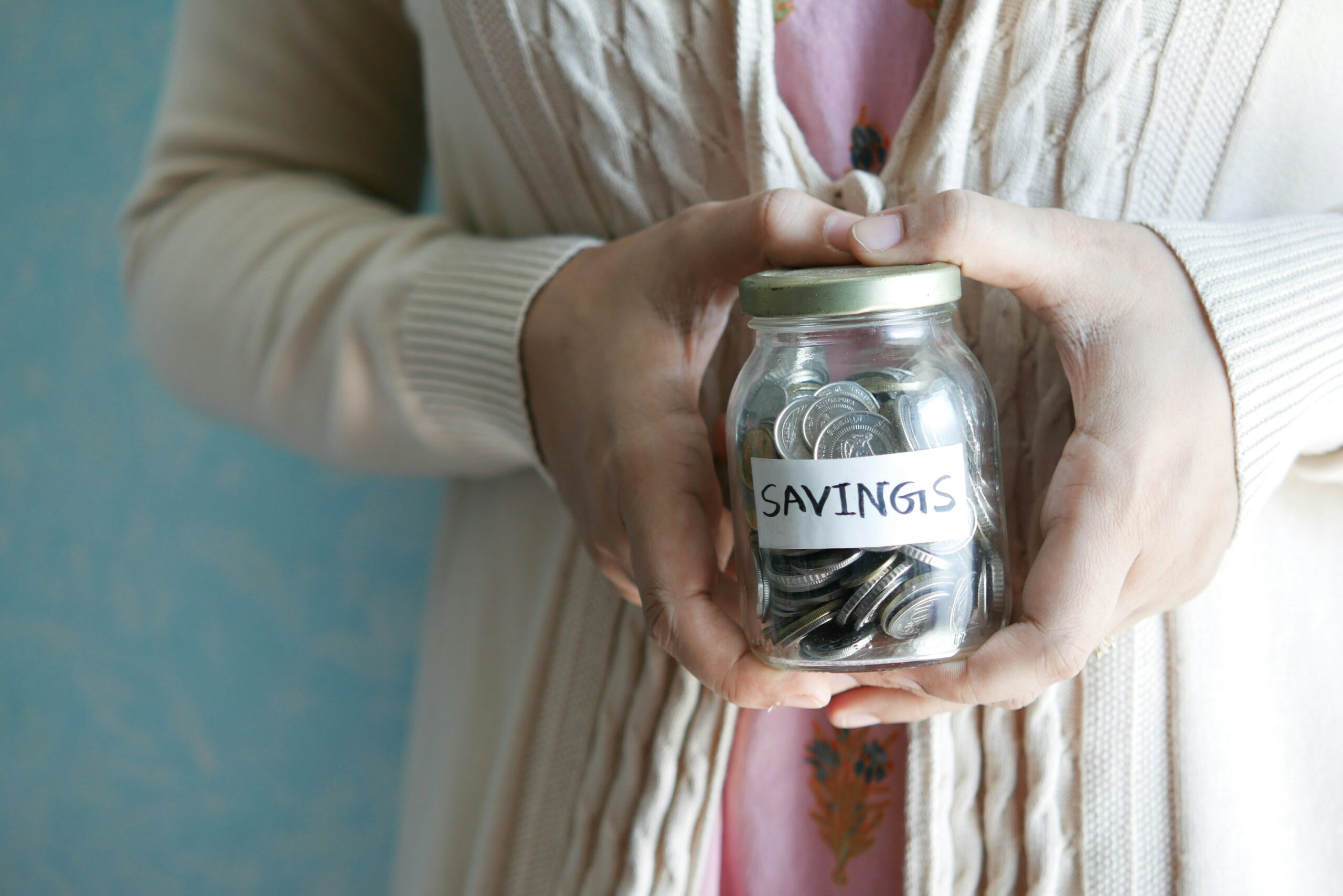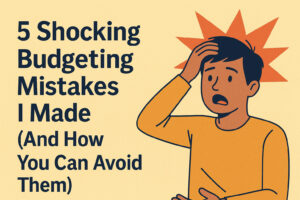💸 Emergency Fund: Why It’s Your First Financial Goal (Not Investing!)
📚 Table of Contents
- Why Emergency Fund Comes Before Investing
- How Much Should You Save?
- Where Should You Park Your Emergency Fund?
- My Own Journey (Still in Progress!)
- What Happens If You Don’t Have Emergency Fund?
- Step-by-Step How to Build Emergency Fund (Even with Low Income)
- Final Thoughts: Boring But Powerful
- Quick FAQs
Why Emergency Fund Comes Before Investing
Saving money feels awesome, right? But investing it immediately? Maybe not the smartest move yet. Why? Because emergencies don’t send a Google Calendar invite! 😅
Let me be honest—I’ve been there. You start getting a steady income, your first taste of financial freedom and the first thing you want to do is jump into investing. But here’s the thing:
Investing without an emergency fund is like building a house on sand. Sure, it might look great for a while, but when the storm hits (and trust me, it will), you’ll be left scrambling.

An emergency fund is your financial safety net. It helps you navigate life’s unexpected events without panicking or liquidating investments at the wrong time. Think medical bills, urgent repairs or the unfortunate event of losing your job.
👉 Pro Tip: You need stability first. Once your emergency fund is in place, investing will feel much safer and you’ll be ready to take calculated risks.
How Much Should You Save?
“How much is enough?” is one of the most common questions I get asked about emergency funds. Here’s my answer:
- Minimum 3 months of living expenses. This is your safety net.
- Ideal for peace of mind: 6 months of living expenses.
- Beyond that? Well, that’s up to you. Some people feel secure with 9-12 months of expenses, but honestly, 6 months should cover most situations.
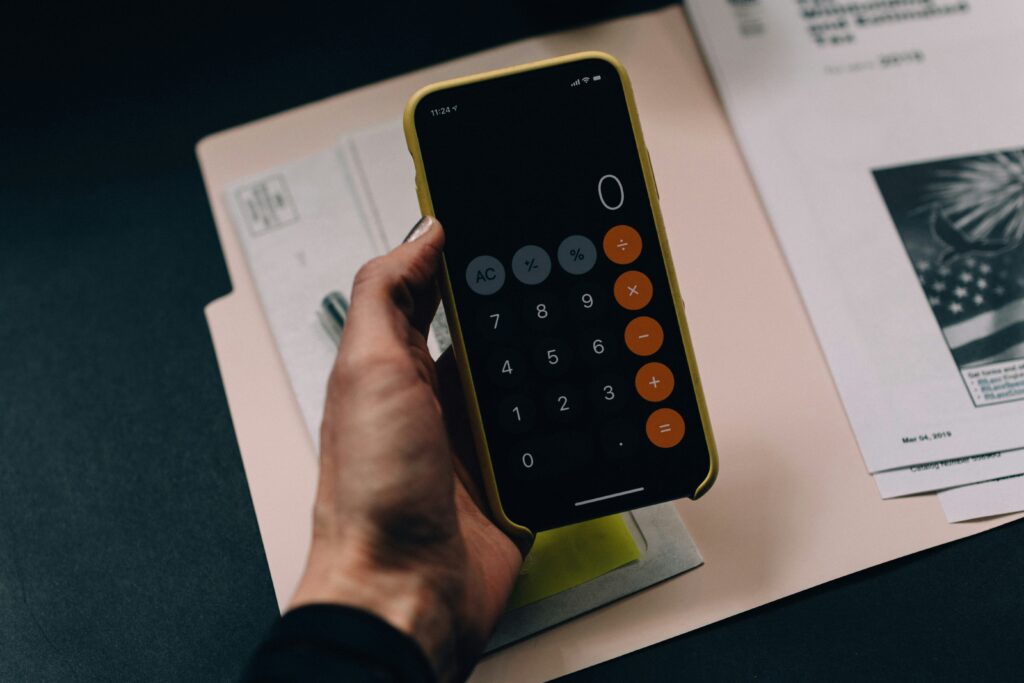
Here’s how it looks in practice:
| Expense Type | Example Monthly Amount | 6-Month Emergency Fund |
|---|---|---|
| Rent | ₹10,000 | ₹60,000 |
| Food + Essentials | ₹5,000 | ₹30,000 |
| Bills + Internet | ₹3,000 | ₹18,000 |
| Total | ₹18,000 | ₹1,08,000 |
(Yes, I know it sounds like a lot. But trust me, it’s better to have more than to find yourself scrambling when something unexpected happens.)
If saving 6 months feels impossible right now, start with whatever you can. ₹10,000? ₹20,000? Each step forward counts.
If you’re serious about managing your money, start by building a simple budget. Here’s my easy beginner’s guide to budgeting!
Where Should You Park Your Emergency Fund?

Where you keep your emergency fund is just as important as how much you save. Here are my top recommendations:
- ✅ High-interest savings account (Most basic, but safe and liquid.)
- ✅ Liquid mutual funds (Once you’ve saved ₹50,000, these give you better returns with low risk.)
- ✅ Short-term FDs (Great for parking money you don’t need for the next 6 months.)
👉 Want to know which is better — SIP, FD, or RD? 🤔 Here’s a beginner-friendly comparison you’ll love 💡📊
Avoid: Stock markets, crypto, real estate. These investments can take time to liquidate and may result in you losing your money if you need it fast.
Want more ideas on where to park your savings? Check out this guide on the best savings accounts for your emergency fund.
Learn in details about Best Savings Accounts for Beginners in India
My Own Journey (Still in Progress!)
To be honest, I’m still on my journey to building a 6-month emergency fund. 🛣️ But I’ve made significant progress and here’s what has worked for me:
- 👉 Automating savings: I set aside ₹4000 every month as soon as I get paid.
- 👉 Using side hustle income: My extra earnings (from freelancing or other side gigs) go straight to my emergency fund.
- 👉 No temptation to invest this money yet: It’s tempting to make the money grow, but I remind myself it’s for my peace of mind.
Slow and steady wins the race. And the feeling of security is priceless.
Have I hit my 6-month goal yet? No. But I’ve got about 2.5 months of expenses saved up and I’m proud of that. The key is consistency, not perfection.
What Happens If You Don’t Have Emergency Fund?
Now, let’s talk about the real-life consequences of not having an emergency fund. It’s easy to ignore this, but trust me, you don’t want to be caught in this situation:
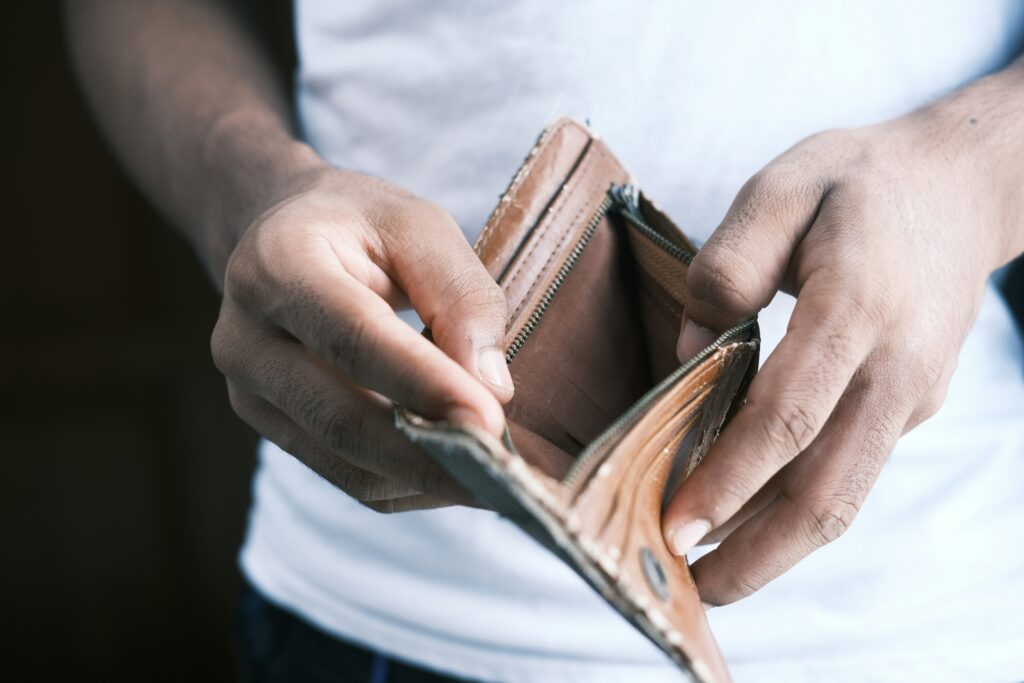
- Forced to Take Personal Loans: When an emergency hits and you have no savings, you’re forced to take loans with high interest rates. This can make your financial situation worse.
- Sell Investments at a Loss: If your emergency happens to fall during a market downturn, you might be forced to sell investments at a loss, which could have been avoided with a solid emergency fund.
- Family Pressure, Stress and Bad Mental Health: Financial stress is one of the leading causes of anxiety and depression. Without an emergency fund, you might feel trapped in a vicious cycle of stress and worry.
- Chain Reaction: Destroys Future Savings Too: If you don’t have an emergency fund, the consequences can snowball. You might deplete your savings, then take on more debt and the cycle continues.
Trust me, these are situations no one wants to be in. That’s why building an emergency fund should always come first. It’s your shield against life’s uncertainties.
Step-by-Step How to Build Emergency Fund (Even with Low Income)
You might be thinking: “But what if my income is low? How am I supposed to save?” Here’s how I started with a ₹4000 monthly income and still made it work:

- Step 1: Track Your Monthly Expenses — This is crucial to understand where your money goes. Use a simple spreadsheet or an app to track every expense.
- Step 2: Set a Small Saving Goal First (e.g., ₹5000) — Start small. ₹5000 might sound doable. Once you’ve hit that goal, aim for ₹10,000.
- Step 3: Automate Savings — Set up an auto-transfer to a separate savings account every month. Even ₹500-₹1000 makes a difference.
- Step 4: Increase Savings When Possible — When you get a raise or extra income, increase the amount you save. It’ll add up faster.
- Step 5: Celebrate Milestones — Every time you hit a savings milestone, celebrate it. It keeps you motivated to continue.
You can do this, even on a low income. It’s all about building the habit and being consistent.
Final Thoughts: Boring But Powerful
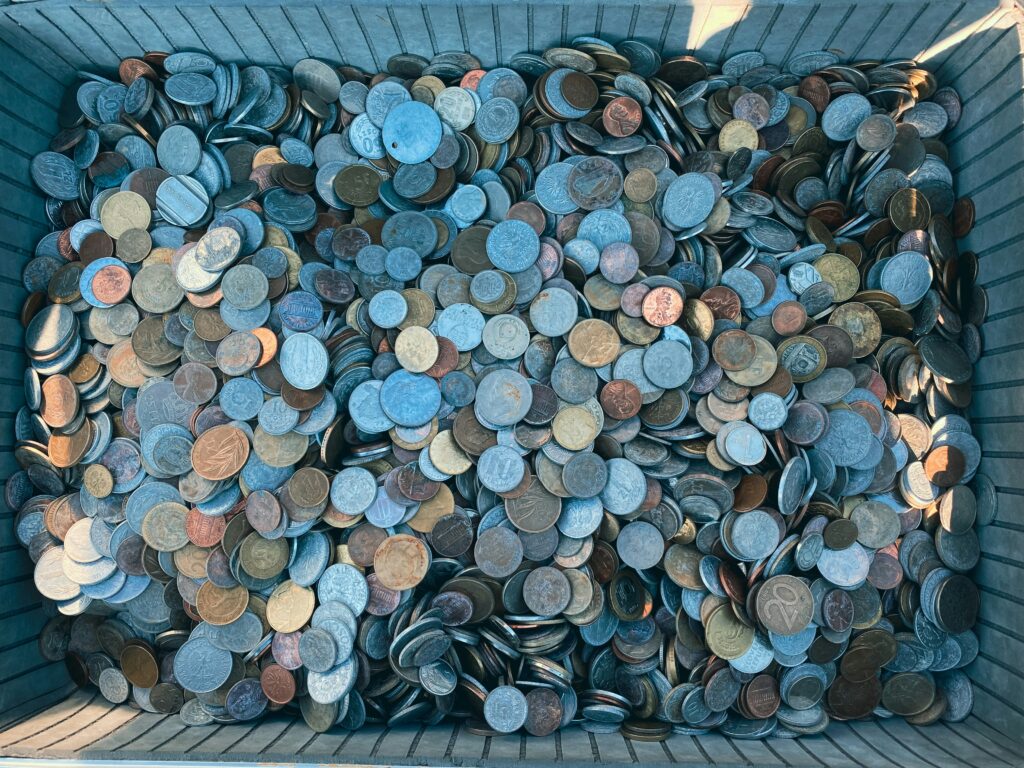
Building an emergency fund isn’t sexy. It doesn’t have the thrill of investing in the stock market. But it’s absolutely essential. It’s the foundation that will support your entire financial journey.
Start small. Stay consistent. And one day, you’ll look back and thank yourself.
Quick FAQs
Q: How much emergency fund should I have if I live with my parents?
A: If you live with your parents and have minimal expenses, start with ₹30,000 to ₹50,000 as an emergency fund. You might not need a full 3-6 months’ worth of expenses, but having some cushion is still important.
Q: Should I invest my emergency fund if it becomes big?
A: It’s tempting, but no! Keep your emergency fund in a liquid, low-risk place (e.g., high-interest savings or liquid mutual funds). Don’t invest it in stocks or long-term plans. Emergency funds should be accessible anytime you need it! plans. Emergency funds should be accessible anytime you need it!
🎁 Join my free newsletter and get a budgeting toolkit made just for Indian beginners.
You’ll receive a welcome email with:
✅ A clean, mobile-friendly Budget Tracker
✅ A fun 1-page PDF guide to use it like a pro
✅ Weekly money tips to build real wealth
👉 Join Now to get instant access!

